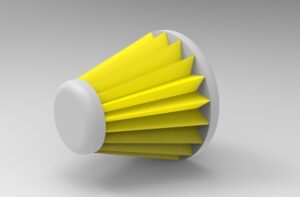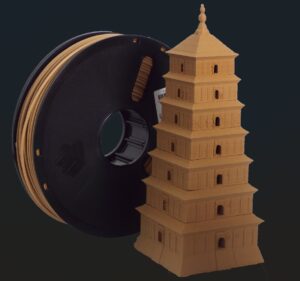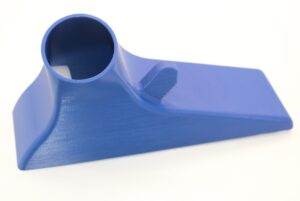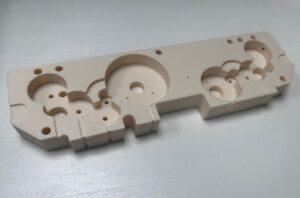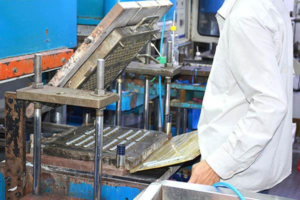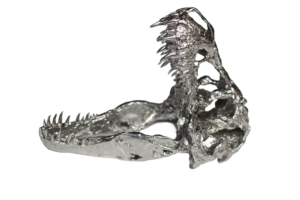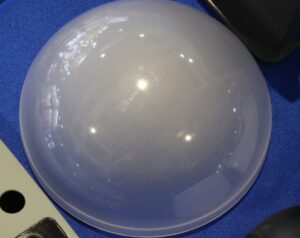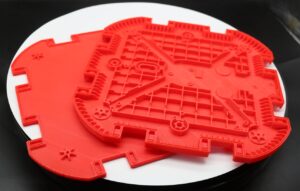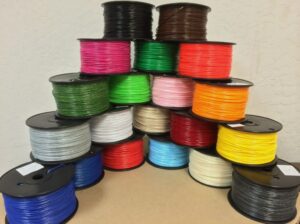What is heat treatment of metals
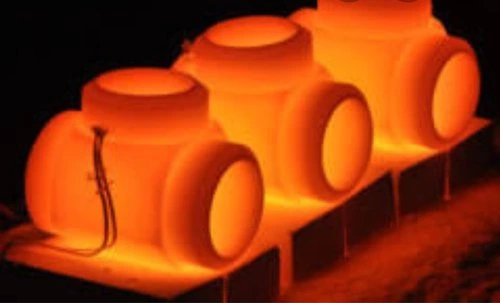
What is heat treatment?
Although most people don’t know what heat treatment is, it’s actually an essential part of the manufacturing process. That’s because heat treating alter the microstructure of metal in order for the material to better withstand wear and tear. Heat treatment involves heating a metal or alloy to a specific temperature and then cooling it to harden the material.
Some notable industries in which heat treatment plays an important role include aircraft, automobiles, hardware–such as saws and axes, computers, spacecraft, military, and the oil and gas industry.
Stage of heat treatment
There are three stages of heat treatment:
- Heat the metal slowly to ensure that the metal maintains a uniform temperature
- Soak, or hold, the metal at a specific temperature for an allotted period of time
- Cool the metal to room temperature
The heating stage
During the heating stage, the foremost aim is to make sure that the metal heats uniformly. You get even heating by heating slowly. If you heat the metal unevenly, one section may expand faster than another, resulting in a distorted or cracked section of the metal.
The soaking stage
The purpose of the soaking stage is to keep the metal at the appropriate temperature until the desired internal structure takes shape. The “soaking period” is how long you keep the metal at the appropriate temperature. To determine the correct length of time, you will need the chemical analysis and mass of the metal. For uneven cross-sections, you can determine the soaking period using the largest section.
Generally, you shouldn’t bring the temperature of the metal from room temperature to the soaking temperature in one step. Rather, you’ll need to heat the metal slowly to just below the temperature where the structure will change, and then hold it until the temperature is consistent throughout the metal. After this step of “preheating”, you more quickly heat the temperature to the final temperature that you’ll need. Parts with more complex designs may require layers of preheating to prevent warping.
The cooling stage
In the cooling stage, you’ll want to cool metal back to room temperature, but there are different ways to do this depending on the type of metal. It may need a cooling medium, a gas, liquid, solid, or combination thereof. The rate of cooling depends on the metal itself and the medium for cooling. It follows that the choices you make in cooling are important factors in the desired properties of the metal.
Four basic types of heat treatment
Hardening
The intent of hardening is not just to harden the steel, but also to make it stronger.
To harden most steels, you would use the first two stages of heat treatment (slow temperature heat followed by soaking by a specified time to a uniform temperature), the third stage is different. When you harden metals, you rapidly cool them by plunging them into water, oil, or brine. Most steels require rapid cooling, called quenching, to be hardened, but there are a few that can be successfully air-cooled.
While hardening does increase strength, it also decreases ductility, making the metal more brittle. After hardening, you may need to temper the metal to remove some of the brittleness.
Tempering
After you harden a metal, whether it’s by the case or flame, and introduce internal stresses after the rapid cooling inherent in the process, steel is often both harder than needed and too brittle. The answer may be to temper the steel to reduce that brittleness and remove or relieve the internal stresses.
During tempering, you:
- Heating steel to a set temperature below its hardening temperature
- Hold the steel at that temperature for a specified period
- Cool the steel, typically in still air
If this sounds familiar, you’re right! Tempering consists of the same three stages as heat treatment . The main difference is the temperature of tempering and its effect on hardness, strength, and, of course, ductility.
In this case, heating occurs at a temperature below the critical point. Lower temperatures tend to reduce brittleness and maintain hardness. Tempering helps to reduce the hardness caused by hardening. This way, you can develop new physical properties for your metal. Therefore, tempering should often follow hardening during heat treatment.
Annealing
This process is suitable for metals like steel, aluminum, copper, silver, or brass. Annealing involves heating the metal to a specific temperature. Then, you hold the metal at that temperature for some time for transformation. Then, air cooling takes place.
The cooling may occur slowly or quickly for silver, copper, and brass. However, the cooling of steel has to be gradual for effective annealing. Annealing does the opposite of hardening. It decreases the metal’s hardness while increasing its ductility. Thereby, it makes it easy to work on the metal. It is also a great way of fixing a weak metal. At the same time, it helps to relieve internal stresses in metals.
Normalizing
The purpose of normalizing is to remove any internal stresses from heat treatment, machining, forging, forming, welding, or casting. Metal failure can result from uncontrolled stress, so normalizing steel before any hardening can help ensure the success of projects.
What’s The Difference Between Annealing & Normalizing?
Normalizing only applies to ferrous metals like steel. But there’s another key difference in the heat treatment process: when normalizing, after the metal is heated to a higher temperature, it is air-cooled after removal from the furnace.
Normalized steel is stronger than annealed steel. With both high strength and high ductility, it is tougher than annealed steel. If the metal part needs to withstand impact or have maximum toughness to resist external stresses, it is usually recommended that it is normalized rather than annealed.
Since normalized metals are air-cooled, the mass of the metal is a key determinant of the cooling rate and resulting part’s level of hardness. During normalizing, thinner pieces will cool faster in the air and become harder than thicker pieces. But, with annealing and its furnace cooling, the hardness of both thick and thin parts will be comparable.


